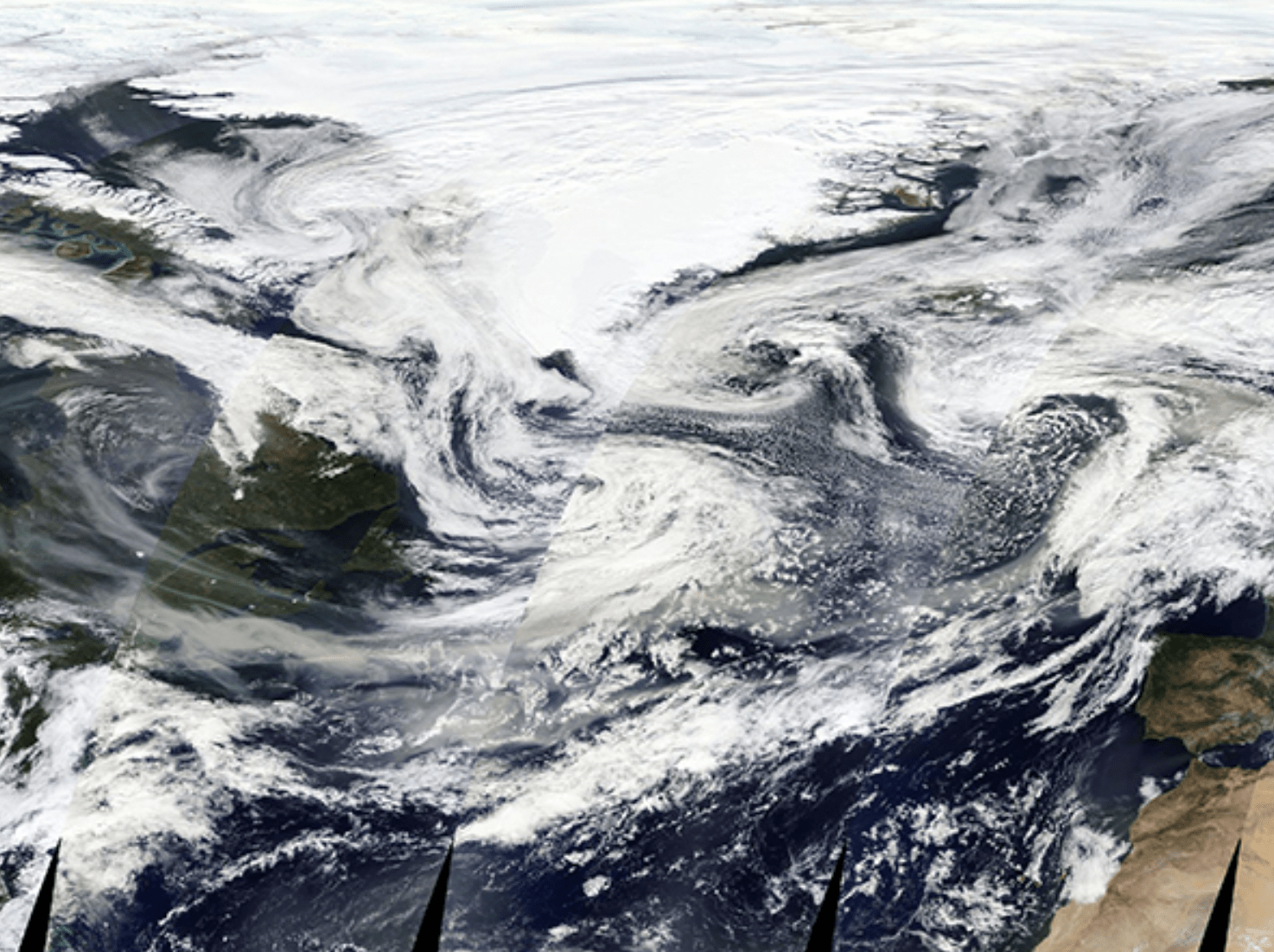After the wettest July on record, Met Éireann, on the 18th of August 2023, formally gave a name to a storm that had subsequently begun ravaging parts of southern Ireland, south-west England and Wales, and the easternmost coast of Northern Ireland: Storm Betty. After its 130 km/h winds caused severe structural damage to infrastructures in Cork, together with flooding, traffic collisions, and power outages affecting tens of thousands all across the country, the storm had more-or-less passed by Sunday. Having triggered two separate Status Orange trigger warnings, the following days were again bright and sunny for most of Ireland – après l’effort, le réconfort, as the French saying goes. The mean temperatures suspected for the months of September, October, and November are to be between 0.5C and 1C above average nationwide, though decreasing to between 0.2C and 0.5C above average in November. Anyhow, why the contrast? Though the month of September is reputedly resplendent, something tells me that the intense rain and gloom preceding its arrival is not a mere “effort” for a “réconfort”. Last year’s summer was too glorious to be true; this year’s was similarly too gloomy to be true. Is this simply Irish misfortune – or, perhaps, a consequence of climate change?
Climate Change and Storms
As has been drilled into all our heads, climate change is driven by the accumulation of greenhouse gases in the Earth’s atmosphere. Indeed, one of the most noticeable and destructive consequences of climate change is the increase in the frequency and intensity of storms by the likes of Storm Betty. Tritely, climate change warms ocean temperatures via the process of absorbance of heat energy. And, when the sea surface temperature exceeds a critical threshold, it provides the necessary energy to intensify such storms. Once surpassed, the evaporation of the warm seawater will humidify the air. The latent heat is then to be dragged upwards when it converges with surrounding winds. Consequently… a storm’s a-brewin’!
It doesn’t stop there, however. Climate change possesses the potential to commence a disruption of atmospheric patterns. This can impact jet streams: narrow bands of strong winds. A weakened jet stream could cause a storm to move slowly over one same surface area – thereby intensifying the impact of these storms. One last factor to account for is the fact that climate change-induced storms can create what are called “feedback loops” that may exacerbate the crisis. These are complex interactions between different components of the Earth’s system that may serve to amplify the effects of climate change. To exemplify, wildfires – like those evidenced in Hawaii and Canada this summer, which have become evermore frequent due to rising temperatures – release enormous amounts of carbon dioxide into the atmosphere. The additional presence of such a greenhouse gas into our atmosphere further accelerates climate change, creating a vicious cycle of warming that amplifies storm activity. The environment external to such wildfires is increasingly becoming more conducive to their arising; for, when storms toss sea around, the water can release dissolved carbon dioxide. And, when these storms make landfall on mangroves and wetlands, which occupy 66,994 hectares of our Island, even greater amounts of carbon dioxide may be released.
John Sweeney, Emeritus Professor of Geography at Maynooth University, deems jet streams to play a secondary, crucial role to that mentioned above. He claims that when these westernly streams exhibit “large meanders”, the weather system slows down, causing a five-wave pattern in the jet-streams. When fast-moving, they create anticyclones and depressions; though when the pattern stalls, weather changes – in our case across the northern hemisphere – for weeks, resulting in heatwaves and other extreme weather events. This process, he also states, explains the wet conditions we found all throughout July and August: the warming up of continental Europe draws in Atlantic air which is loaded with rain. Anyhow – the circularity is manifest.
If this doesn’t serve as a greater impetus for Ireland to meet its prescribed 2030 and 2050 climate goals, I truly don’t know what will. This is far from being an isolated incident. Indeed, this idea of “feedback loops” is not one limited to storms; it has a potential applicability to most climate-related phenomena. Let us not make disuse of such insightful science.






